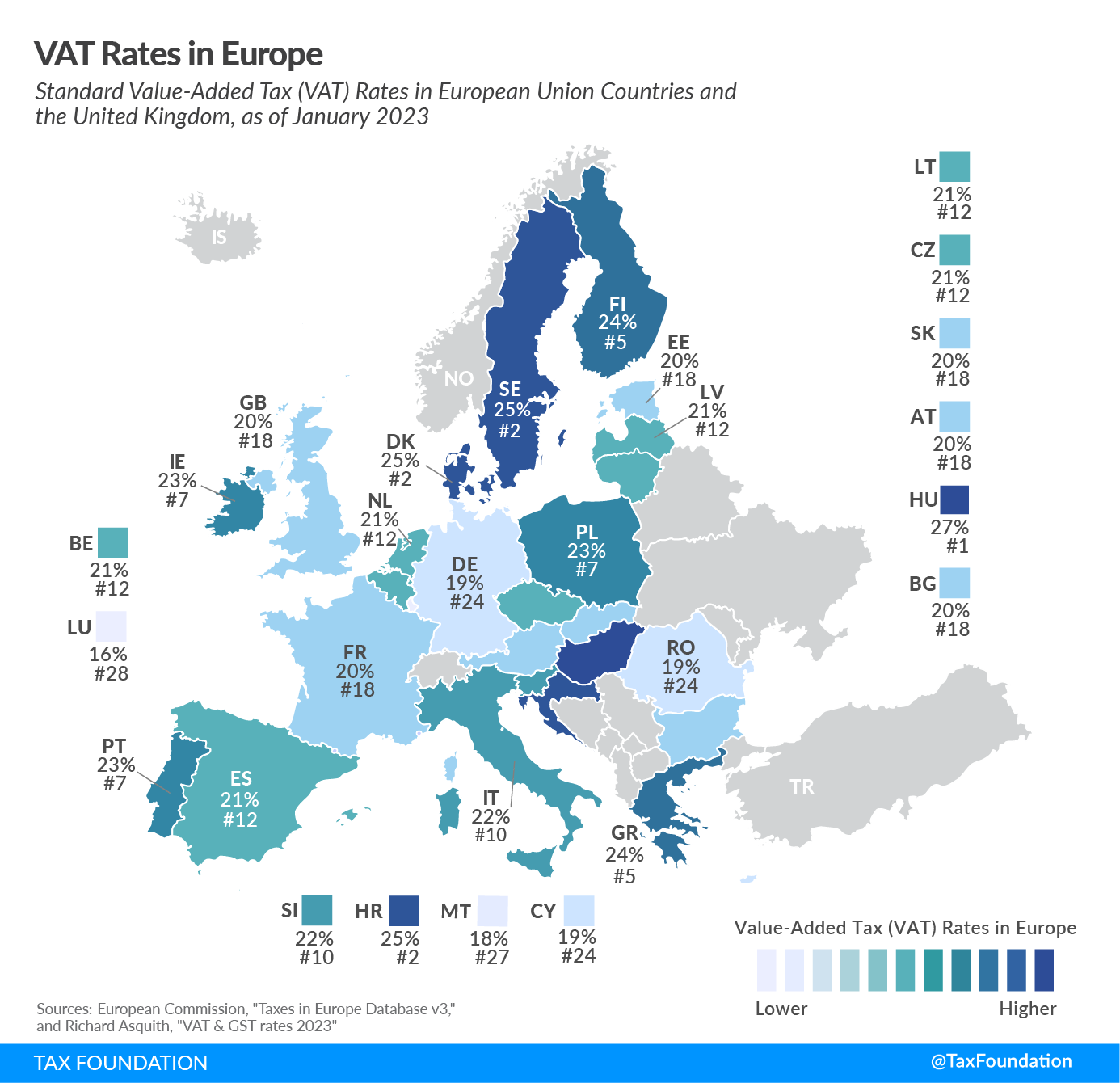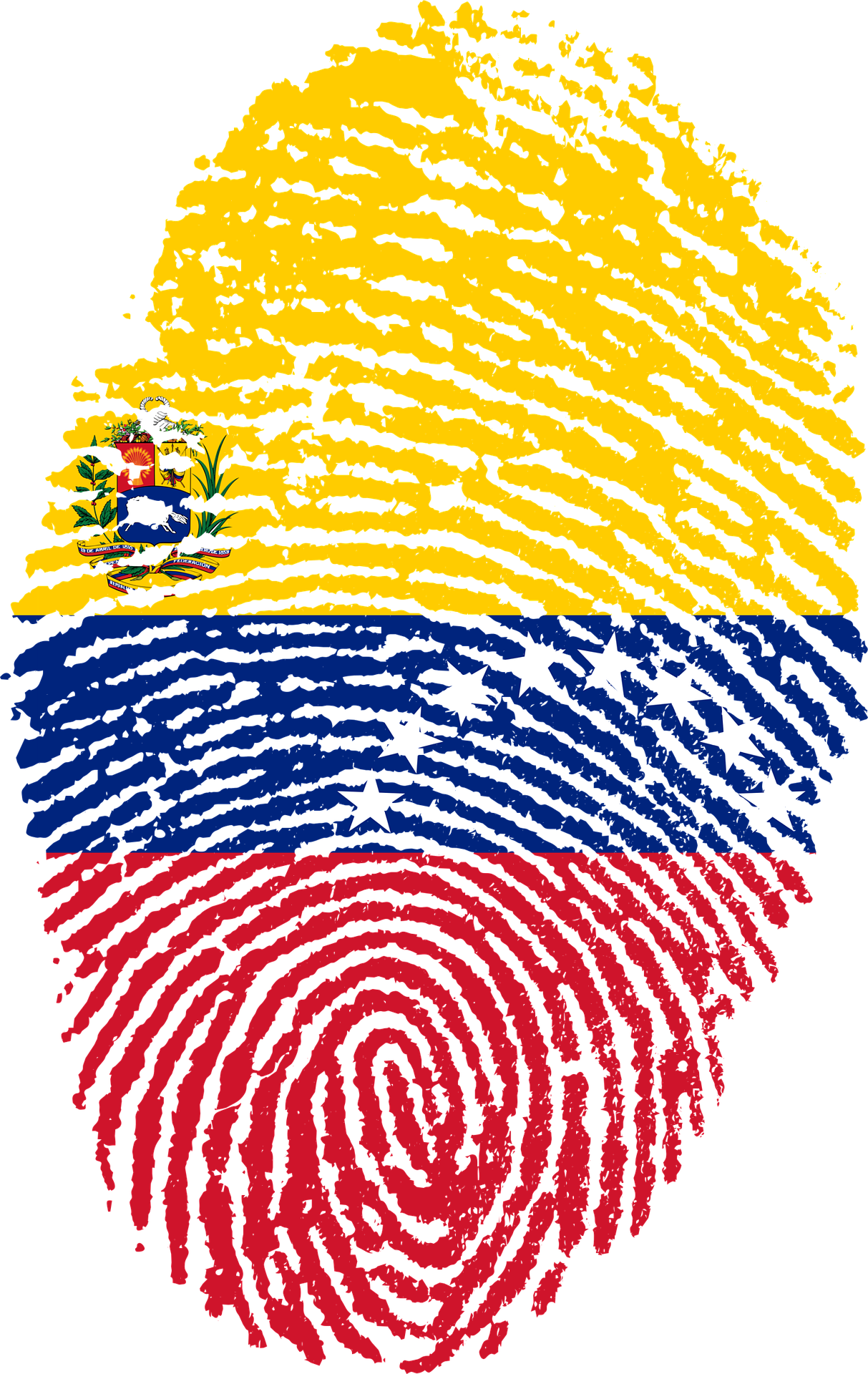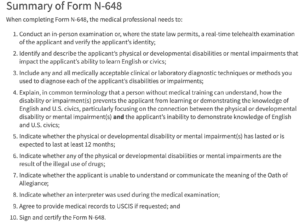Biden Administration’s Game of Border Whac-a-Mole
The Biden administration is giving itself kudos for its recent efforts to limit the number of Venezuelans, Nicaraguans, Haitians, and Cubans entering the United States illegally by offering them “legal” entry through a legally questionable version of “parole”. It’s the latest chapter in the president’s game of border Whac-a-Mole, following its futile efforts to address the “root causes” of migration from Central America. Worse, however, its various strategies overlook the fact that illegal immigration to the United States has now gone global, with aliens coming to the Southwest border from all over the world to take advantage of what they perceive to be open season for illegal immigration under Joe Biden.
A Historical Analysis of Illegal Immigration, by Nationality. Until recent years, nearly all illegal migrants at the Southwest border were Mexican nationals, almost exclusively single adult males coming to work. Beginning in FY 2014, however, the number of migrants who were “other than Mexican” nationals (OTMs) surged, accounting for more than half of Southwest border apprehensions that fiscal year.
Even then, however, nearly all OTMs were from the three “Northern Triangle” countries of El Salvador, Guatemala, and Honduras. By FY 2019, Northern Triangle nationals made up more than 71 percent of all Southwest border apprehensions.
The beginning of the Biden administration in FY 2021 saw a new and disturbing trend: The rise in OTM and “other than Northern Triangle” (ONT) illegal migrants at the Southwest border. Border Patrol apprehended 367,275 OTM/ONT aliens there that fiscal year, 22 percent of the yearly total.
That trend only got worse, as the number of OTM/ONT migrants apprehended at the Southwest border mushroomed in FY 2022. Of the 2.2 million-plus illegal migrants apprehended last fiscal year, more than 947,000 (a population larger than Seattle or San Francisco), or 43 percent of the total, were OTM/ONTs.
The lion’s share of those OTM/ONTs — just over 600,000 or 63 percent of all OTM/ONT apprehensions — were from Venezuela, Nicaragua, Haiti, and Cuba.
Why the surge in these nationals? The Biden administration abandoned all pretense of deterring foreign nationals from entering the United States illegally, leaving DHS reliant on CDC orders, issued pursuant to Title 42 of the U.S. Code in response to the Covid-19 pandemic, as the only tool left to respond to the Southwest border migration surge.
Those CDC Title 42 orders require DHS to expel illegal entrants and aliens deemed inadmissible at the land ports of entry. Expulsion, however, requires the agreement of the Mexican government to take third-country nationals back, and Mexico City didn’t want any migrants other than its own nationals and those from the Northern Triangle countries.
Sensing an opportunity, other nationals (and more importantly, their smugglers) increasingly chose the United States as their intended destination.
That trend worsened in the first three months of FY 2023. Of the more than 633,000 migrants apprehended at the Southwest border thus far this fiscal year, more than 63 percent — or 403,000-plus — were OTM/ONTs.
The Biden Administration’s Response and the Tortuous History of Title 42. When he entered office, Joe Biden was the fortuitous beneficiary of what his first Border Patrol Chief, Rodney Scott, described in a September 2021 letter to Congress as “arguably the most effective border security in” U.S. history.
As Scott explained, however, control rapidly disintegrated as “border security recommendations from experienced career professionals” were “ignored and stymied by inexperienced political employees”.
Those inexperienced political appointees likely took their lead from the top, because Biden did his fair share, quickly revoking nearly all of the policies that his immediate predecessor had implemented to create that “effective border security”.
Of all the Trump-era immigration policies, Title 42 was the only one that Biden left in place, likely because it was based on Covid-19 emergency declarations the administration is relying on to maintain Medicaid expansions and forgive hundreds of billions of dollars in student-loan debt.
Nonetheless, in early April the administration announced that Title 42 would end effective May 23. A group of state plaintiffs challenged that action in federal court in Louisiana (in Louisiana v. CDC), and on May 20, district court Judge Robert Summerhays stayed CDC’s termination of those orders.
The Biden administration appealed that decision, but continued to expel migrants under Title 42 (albeit with decreasing frequency). In mid-November, however, in Huisha-Huisha v. Mayorkas, D.C. federal district court Judge Emmet Sullivan vacated and enjoined continued expulsions under Title 42.
He wanted his order to take effect right away, but “WITH GREAT RELUCTANCE” Judge Sullivan agreed to give DHS until December 21 to get its post-Title 42 ducks in a row.
That prompted the state plaintiffs in Louisiana to go to the U.S. Court of Appeals for the District of Columbia, seeking to intervene in Huisha-Huisha to appeal Judge Sullivan’s order (the administration later asserted that it would appeal that decision, but didn’t seek a stay). The D.C. Circuit denied the states’ motion on December 16, prompting the states to seek recourse from Chief Justice Roberts, who three days later stayed the matter to give his fellow justices a chance to review the states’ claims.
The administration filed its objection to the states’ intervention request the next day, but on December 27, the Court agreed to hear the states’ appeal of the D.C. Circuit’s denial of their request to intervene, in a case now captioned Arizona v. Mayorkas. Arguments in the matter will be heard on March 1.
Thus, the administration is challenging state efforts to prevent it from ending Title 42 in the Fifth Circuit in Louisiana and in the Supreme Court in Arizona. And yet, much of President Biden’s January 5 “New Border Enforcement Actions” — the actions that DHS claimed had led to a marked decline in illegal entries — is premised on the continuation of Title 42.
Specifically, Mexico has now agreed to accept up to 30,000 Venezuelans, Nicaraguans, Haitians, and Cubans per month who bypass the administration’s lavish (and legally questionable) offer of two years’ parole and instead enter illegally. The states are also challenging that program, in Texas v. DHS.
If Title 42 ends, however, there will be no more expulsions, unless the administration reinstates the Migrant Protection Protocols (“MPP”, better known as “Remain in Mexico”) — which it is fighting to be allowed to terminate in yet another case, Texas v. Biden — or a similar program.
The “Root Causes” of Migration. Biden’s first effort to address illegal immigration at the Southwest border was to tackle the “root causes” of migration from those Northern Triangle countries. In fact, the whole idea behind tapping Vice President Kamala Harris as “border czar” in late March 2021 was to have her work with Mexico and El Salvador, Guatemala, and Honduras to reduce poverty, corruption, and violence in those countries.
Those are endemic problems in the Northern Triangle — President Obama gave his VP, Joe Biden, roughly the same task that Biden later foisted upon Harris, and offered those countries $750 million in aid, with little or nothing to show for it. In any event, the only real deterrent to illegal migration by nationals of the Northern Triangle countries under Biden has been Mexico’s willingness to accept them when expelled under Title 42.
Want proof? Mexico won’t accept OTM “family units” (“FMUs”, adults entering illegally with children) expelled under Title 42, and the Biden administration has refused to expel unaccompanied alien children (“UACs”). Of the nearly 542,000 Northern Triangle nationals Border Patrol apprehended at the U.S.-Mexico line in FY 2022, 47 percent were in FMUs (more than 140,000) or were UACs (114,500-plus).
By comparison, of the more than 1.83 million ONT nationals apprehended at the Southwest border in FY 2022, fewer than 25 percent were unaccompanied children or in family units. There’s no way that the smugglers aren’t telling would-be migrants in the Northern Triangle that they had better bring a kid.
That said, all the way back in July 2021, I saw the increasing numbers of OTM/ONTs entering the United States illegally and warned that even a successful root causes strategy for the Northern Triangle would be fruitless without some White House policy that deterred illegal entries. As I stated at the time:
What exactly are the “root causes” of migration from Ecuador, Haiti, Russia, or the PRC? I could give you an idea (I heard asylum claims from each), but the United States is not going to be able to give billions of dollars to every country in the world (as the Biden administration proposes to do in Central America) to convince their nationals to stay home. Even if we do, the results are unlikely to be very promising.
Biden’s “New Border Enforcement Actions”. Which brings me to the administration’s “New Border Enforcement Actions”, announced on January 5. While those actions purport to lay out the president’s plan to address “irregular migration” generally once Title 42 ends, many of those actions are already in place, and its focus is almost exclusively on nationals of Venezuela, Nicaragua, Haiti, and Cuba.
Why those four countries? I can think of two reasons, one practical and one political.
The practical is the fact that, as noted, nationals of those countries made up a disproportionate share of OTM/ONT migrants who were apprehended at the Southwest border in FY 2022. That’s why I analogize Biden’s shifting border responses to Whac-a-Mole, a game in which players attempt to hit animatronic rodents that pop up from one of four holes in an irregular sequence with a rubber mallet.
As in that game, the Biden administration is constantly shifting its focus to the latest set of nationals who are popping up illegally at the border, attempting to bribe them with some freebie (cash in the case of its root causes strategy, “orderly” entry into the United States in its latest effort) into not crossing illegally.
Then there’s the political, and for that I would refer you to a recent article in the New Yorker, captioned “The Democratic Party’s Political Gift to Ron DeSantis”. The “DeSantis” is Florida Governor Ron DeSantis (R), and it details how, in recent years, Venezuelan and Colombian migrants in Florida have joined the well-established Cuban community and other Hispanic groups there in voting increasingly for the GOP.
Here’s a key excerpt, referencing the recent November midterm elections: “Just as in 2020, Republicans cast voters’ choice as one between communism and democracy, socialism and capitalism. DeSantis established a Victims of Communism Day on November 7th, a day before the midterm election.”
What do Venezuela, Nicaragua, and Cuba have in common? They’re all socialist basket cases, and as the New Yorker noted, “Colombia’s new, left-leaning President, could become a version of Hugo Chávez”, referring to the late socialist strongman who brought Venezuela to its current, parlous state.
As for Haiti, failed and/or oppressive governments going back decades coupled with a series of recent natural disasters and seemingly never-ending political violence have left the country, in the words of Britannica, “the poorest … in the Western Hemisphere by many measures”, with “[s]ome four-fifths of its population liv[ing] in absolute poverty”.
About half of the Haitian expatriate community in the United States and their children live in Florida, and they are also a powerful voting bloc, given that “The number of Haitians in Florida exceeds the margin of victory in six of the past seven presidential races in the state.”
The GOP overall and DeSantis in particular won big in Florida in November, with the party flipping three House seats previously held by Democrats, and the governor winning reelection with nearly 60 percent of votes cast — and carrying several counties with large Hispanic populations.
Many pundits believe DeSantis is the man to beat in the GOP presidential primary in 2024, and recent polling shows him beating Biden in the general election. If I were Biden, I would be concerned.
In any event, winning back Florida is key to future Democratic victories, and that means catering to the powerful Hispanic and Haitian communities there. It may just be a coincidence that Biden’s January 5 border policy announcement focused on those four countries, but there’s no way politics didn’t play a role as well.
What’s Next. I will take the administration at its word when it contends that CBP Southwest border encounters from Venezuela, Nicaragua, Haiti, and Cuba “decreased drastically since” Biden issued his January 5 border pronouncement. As I recently explained, however, it likely won’t last — there are too many migrants and too few parole slots, even assuming Title 42 continues indefinitely.
That said, nationals of those countries may have made up a disproportionate percentage of Border Patrol apprehensions in FY 2022, but that’s not how FY 2023 is shaping up.
In the first three months of this fiscal year, nearly 50,000 Colombians, 35,000-plus Ecuadorans, just short of 29,000 Peruvians, more than 7,500 Indian nationals, about 4,800 Russians, more than 4,300 migrants from Turkey, and 37,523 nationals of “other” countries were apprehended by agents at the U.S.-Mexico line — not counting more than 142,000 Mexicans.
Take out the Mexican nationals, those from the Northern Triangle, and every Venezuelan, Nicaraguan, Haitian, and Cuban from Border Patrol’s FY 2023 apprehension totals, and you still have nearly 172,000 illegal migrants at the Southwest border — in just 92 days. That exceeds annual OTM totals for every year between FY 2000 and FY 2013, as well as FY 2015 — figures that include Northern Triangle nationals.
In immigration, we refer to “push” and “pull” factors — the former driving migrants from the home countries, the latter drawing them to their destination countries.
The Biden administration, by breaking with every prior one in abandoning the deterrence of illegal entrants as a policy to control the border, has created what’s likely the largest pull factor in U.S. history — and yet, it continues its narrow-minded focus on the push factors, instead of getting its own house in order. The harder it tries, the higher the cost to taxpayers and the more questionable its legal authority.






